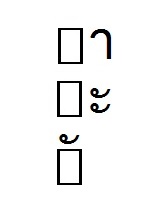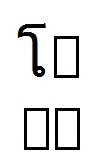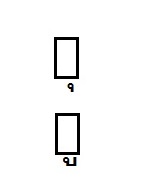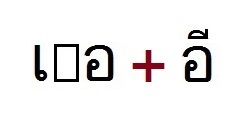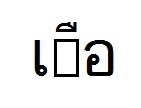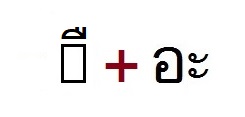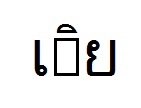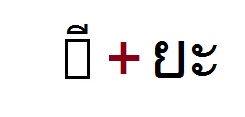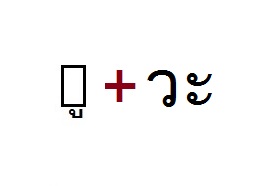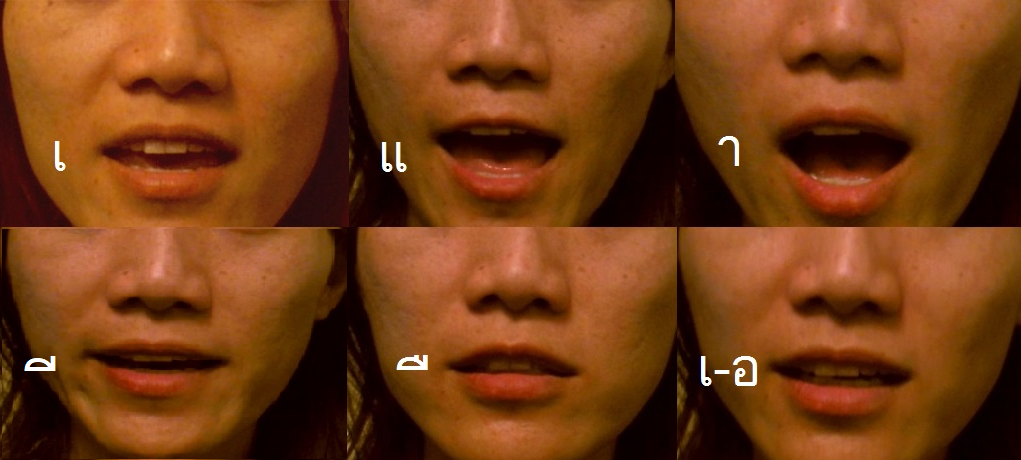Tones the ‘Thai’ Way
Tones are actually dead simple in Thai.
At least, it should be. Unfortunately, the traditional Thai system seems arbitrary and overly complicated, and the terminology is unnecessarily confusing (e.g. high class / high tone), which leads one to assume that there must be some matching relationship between class and tone.
Well there isn’t! None at all.
There is also a great deal of irrelevant information that has to be learnt… For example, for two of the tone marks, the class of the letter is irrelevant. And in general, it does not matter how long or short the vowel is, except in one special case. You also don’t need to know about initial and final consonant sounds, nor the actual names of the letters, etc.
The Rapid Method
Less is more.
My ‘Rapid’ system is designed around the absolute minimum amount of information required (on a need to know basis) to be able to read easily and accurately. And as often as possible, I’ve wrapped up the information in stories and pictures in such a way that several linguistic elements can be conceptualized as a single, easy to remember unit.
|
For example, both boys and girls are sporty, so they can surf down the wave with ease “yeah!” – this is one item of information, but it represents two separate combinations in the traditional Thai tone table; and the whole concept of the surf mark is wrapped into a single picture story so that you conceptualize the surf mark as a single unit that plays out in your mind like a short youtube movie)! |
The Conventional Thai Consonant / Class Tone System
If you learn the tone system the conventional ‘Thai way’, you would be required to memorize and understand the consonant class tables below:
For syllables with a tone mark, the following rules apply:
| Tone Mark |
Class |
Tone |
| known as ไม้เอก |
low
mid/high |
falling
low |
| known as ไม้โท |
low
mid/high |
high
falling |
| known as ไม้ตรี |
(any) |
high |
| known as ไม้จัตวา |
(any) |
rising |
|
|
|
For syllables without a tone mark, both the initial consonant class and whether it’s a ‘live’ or ‘dead’ syllable are important.
For ‘live’ syllables without a tone mark, the tone rules are (relatively) simple:
| Initial Consonant Class |
|
Tone |
| low/mid |
|
middle |
| high |
|
rising |
|
|
|
But for ‘dead’ syllables, you need to be aware of whether the vowel is short or long:
| Initial Consonant Class |
Vowel |
Tone |
| low |
short
long |
high
falling |
| mid/high |
(either) |
low |
|
|
|
It’s a bit complicated, right?
Having to keep all this mind when deciphering each word is quite a complicated mental juggling act. This slows down your reading quite considerably.
Nevertheless, if you put enough effort into it then you can memorize these rules, along with the class each consonant belongs to.
Or you can dispense with these tables entirely by doing it the ‘Rapid’ way, which is simpler and hence quicker and easier.






